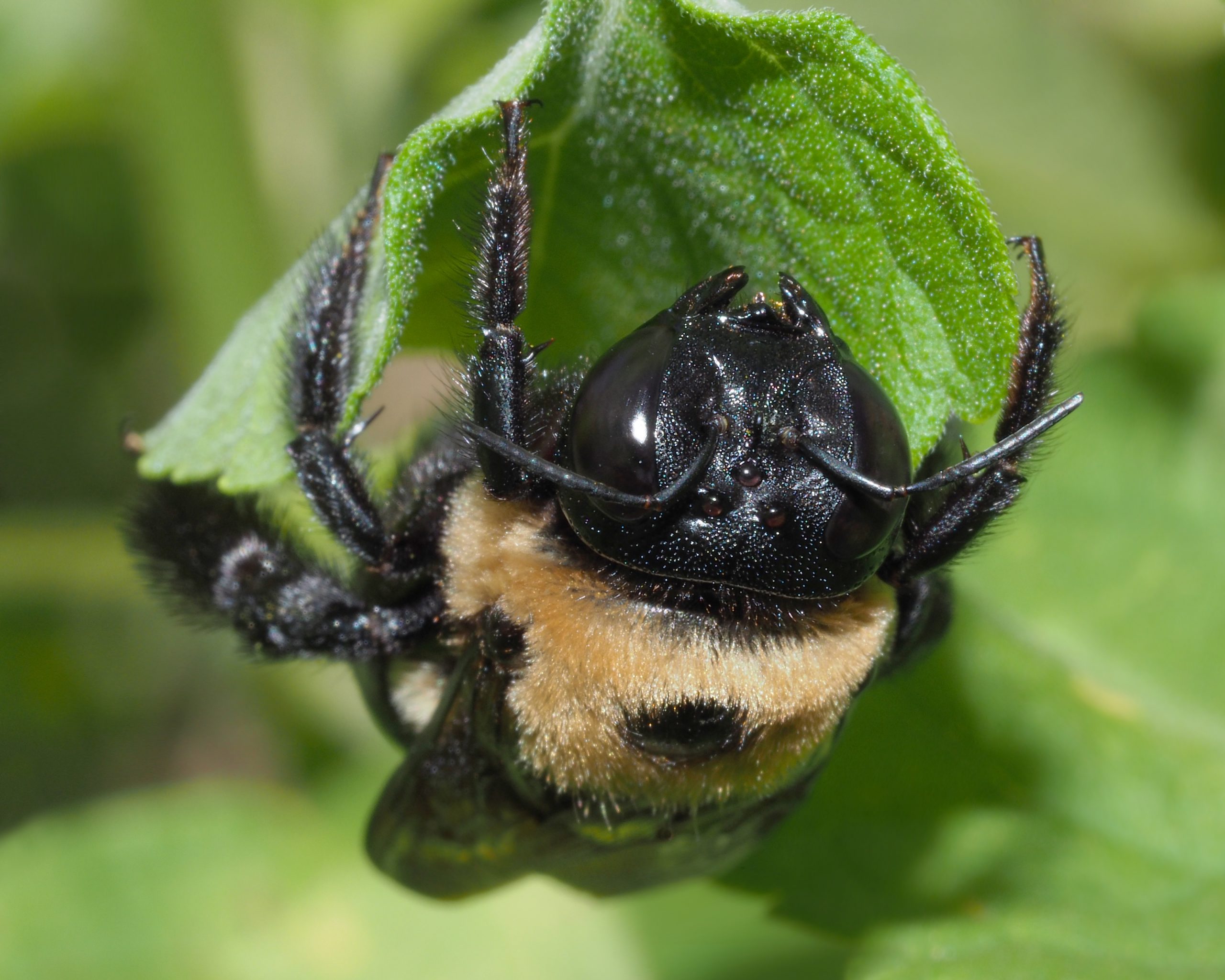UMass Study: Flower Strips in Crops Can Both Benefit and Hurt Bees
May 15, 2020
Is the risk worth the improved production?
Earlier this year, there was a report on how harmful it can be for honey bees to constantly feed on only one crop. We see this a lot in California where honey bees are brought in to help orchard owners during the almond season. In that report, it was thought that if honey bees have a steady diet of only one crop, they are more susceptible to things like mites and pathogens than honey bees that pollinate a wide variety of crops.
Also in that report, it was briefly mentioned that some farmers are now planting flower strips for the honey bees amid the rows of crops. This was being done to provide alternative nutrition sources for the honey bees. The new study out of the University of Massachusetts now reported that there are significant benefits to doing this, but there are also some dangers if the wrong plants are picked.
Evolutionary Ecologist Lynn Adler led the study along with North Carolina’s Rebecca Irwin (as well as others). What they found was that while the plant rows among the crops did help improve production, they also made the bees sick. According to the study, some of the bees developed a gut disease pathogen called Crithia bombi.
This particular study concentrated on bumblebees and showed some rather interesting results on both ends of the spectrum. The researcher uses three separate conditions to monitor the study:
- Canola plants with no flower strips
- Canola plants with high-infection flower strips
- Canola plants with low-infection flower strips
Adler stated, “The bees were all infected with the same amount of pathogen and then allowed to forage, so the plants could increase or decrease infection.”
The bees in the high-infection strips had more production than any of the other bees but they also experienced an infection rate that was double the other two sets of bees. They also found that the floral resources helped the bees even though there was added disease risk.
The question now is if the increased production by the bees is worth the increased infection rates. According to Adler, that answer is not quite so cut and dry. She stated, “It depends on how critical food versus the pathogen is for pollination.” She would also go on to point out the fact that the disease itself is not deadly to the bees, which will clearly weigh in on the decision to use this method.
Adler stated, “Crithidia is somewhat benign, but if these patterns hold for other pathogens like Nosema, a common honey bee disease, it may be more of a concern. Right now I would not recommend stopping our investment in flowering strips. I think we need a much more comprehensive program to evaluate how pollinator habitat characteristics affect pathogen spread to make informed choices. In the meantime, providing flowering resources in pollinator habitat is still the best path forward."
Source: Mass Live


.jpg)



